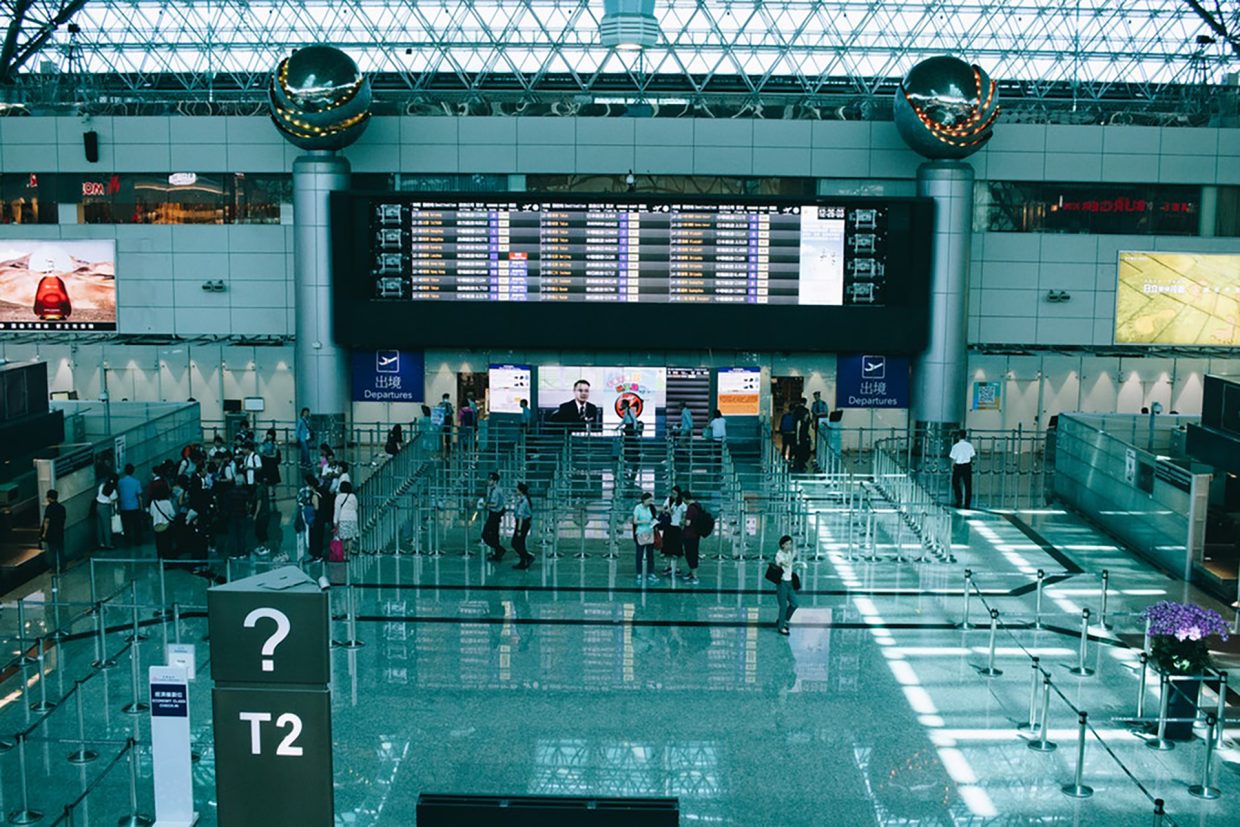How to reduce long term operation impacts from airport queues
With the increase in low-cost flights having led to more passengers at terminals, this trend is only expected to escalate. Operational and systematic changes will need to be put in place before more long-term problems are caused. But how can this be achieved?
Hero image: Unsplash.com
1. Undertake accurate forecasting
Capacity forecasts can inform which changes should be at the top of the agenda and whether planned investments still make commercial sense. For instance, if passenger numbers are projected to drop, delaying more capital-intensive work may be a shrewd move. A capacity planning team should be implemented to oversee this, as well as to monitor performance and drive change.
2. Implement a PMO
Establishing a project management office (PMO) can add real value. It provides board members and decision makers with overarching visibility across the project pipeline, guaranteeing that work is being undertaken in the optimal order. In helping to establish where the passenger journey can be improved, a PMO can inform budgets and ongoing strategic decisions.
3. Consider external transport
A passenger’s journey actually begins at connecting transport interchanges, such as rail, bus or car. Wider transport issues are often caused by seasonal changes and national holidays. They can have serious knock-on impacts on passenger numbers and delays. Therefore it’s important to be aware of these and communicate expected issues ahead of time.
4. Balance the queues
Airport managers should aim to make wait times as balanced as possible. Simply pushing queues from one place to another should be avoided. A 10-minute queue at check-in and another 10-minute queue at security is likely to be preferable to one 20-minute wait at security.
5. Communicate effectively with staff
Airport staff often cite a lack of internal communication as their biggest problem. However, it can also seriously affect passenger experience. Subsequently, airports around the UK have begun to trial a system that communicates real-time information to its staff and contractors. In doing so they are able to keep passengers aware of any issues and reduce frustrations.

